Exploring Sustainable Living: The Rise of Prefab Tiny Houses in Modern Eco-Friendly Design
The trend of sustainable living has gained significant momentum in recent years, driven by a growing awareness of environmental issues and the need for efficient housing solutions. Among the innovative responses to this movement is the rise of the prefab tiny house, a design that not only minimizes land use but also incorporates eco-friendly materials and energy-efficient technologies. According to the National Association of Home Builders (NAHB), the market for tiny houses is anticipated to grow at a rate of 7% annually, with prefab designs leading the charge due to their affordability and reduced construction waste. A report from the American Institute of Architects (AIA) highlights that 70% of architects indicate an increase in demand for environmentally responsible homes, further emphasizing the appeal of prefab tiny houses. As urbanization continues to surge and the traditional housing market faces challenges, prefab tiny houses emerge as a viable solution that harmonizes modern living with sustainability, making eco-friendly design increasingly accessible to a broader audience.

The Evolution of Prefab Tiny Houses in Sustainable Architecture
The evolution of prefab tiny houses represents a significant shift in sustainable architecture, fundamentally altering our approach to living spaces. Recent data from the Tiny House Industry Association reveals that the tiny house movement has surged by over 70% in the past five years, indicating a growing desire for minimalism and environmental mindfulness. These prefabricated structures, which are often built with recycled materials and energy-efficient technologies, align perfectly with eco-friendly design principles. Notably, they can substantially reduce the carbon footprint associated with traditional construction methods, as they often utilize less energy for heating and cooling due to their smaller size.

Moreover, prefab tiny houses have advanced in design and sustainability, incorporating innovative solutions such as solar panels and rainwater harvesting systems. A report from the U.S. Department of Energy highlights that integrating renewable energy sources can decrease energy use by up to 50% compared to conventional homes. As urban areas become increasingly crowded, these eco-conscious living options not only cater to individuals seeking affordable housing but also contribute to a broader shift towards sustainable living practices. The combination of efficiency, affordability, and eco-friendliness positions prefab tiny houses as a crucial component in the future of sustainable architecture.
Key Features of Eco-Friendly Design in Prefab Tiny Houses
Prefab tiny houses are at the forefront of sustainable living, embodying eco-friendly design principles that are becoming increasingly vital in modern architecture. One key feature of these structures is their efficient use of materials: according to a 2021 report by the U.S. Green Building Council, prefabricated homes can reduce waste by up to 30% compared to traditional building methods. This not only decreases the environmental impact during construction but also promotes a more efficient use of resources, allowing homeowners to lead a less wasteful lifestyle.
Another significant aspect is energy efficiency. Many prefab tiny houses are designed with advanced insulation and energy-efficient appliances that can cut energy consumption by 50% or more, as highlighted in a 2022 study conducted by the National Renewable Energy Laboratory. Additionally, integrating solar panels is becoming a common practice, empowering homeowners to generate their own energy and further reducing their carbon footprint.
Tips: When considering a prefab tiny house, look for models that incorporate renewable materials like bamboo or reclaimed wood. Also, prioritize houses with built-in solar capabilities to maximize energy independence. Finally, assess whether the design includes features for greywater recycling, which can enhance water conservation efforts in everyday living.
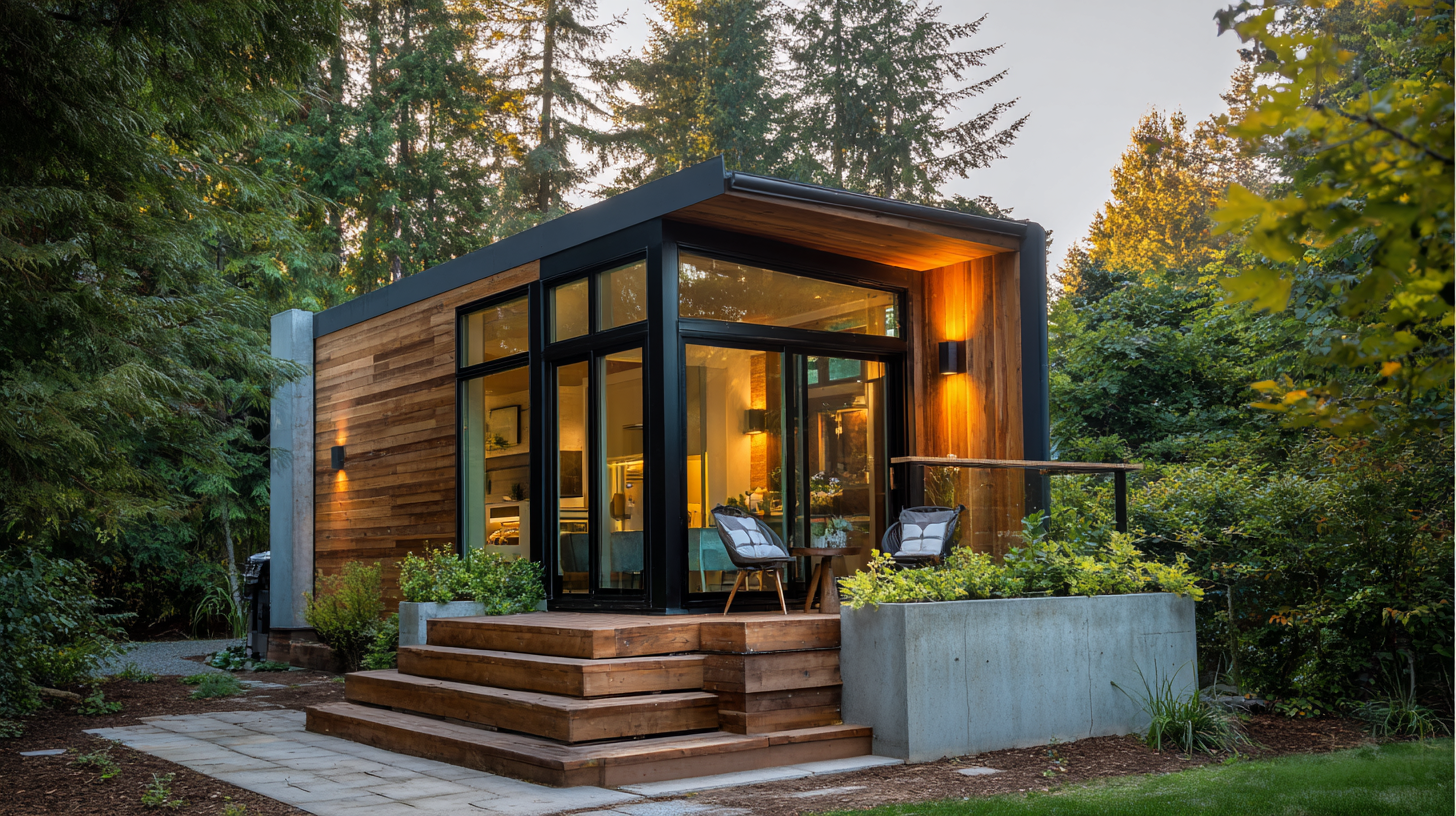
Benefits of Adopting Prefab Tiny Homes for Sustainable Living
As the world increasingly acknowledges the urgent need for sustainable living, prefab tiny houses are emerging as a compelling solution. According to a 2021 report by the Tiny House Industry Association, the tiny house movement has seen a 68% growth over the past year, with prefab models gaining particular popularity due to their efficiency and eco-friendliness. These homes, often constructed off-site, utilize renewable materials and energy-efficient designs, significantly reducing their carbon footprint compared to traditional housing. Typically, a prefab tiny house uses about 90% less energy than an average-sized home, making them a viable choice for environmentally conscious consumers.
Additionally, prefab tiny homes offer not only sustainability but also economic advantages. The National Association of Home Builders reports that the cost to build a tiny home can be 30-50% lower than conventional homes, allowing individuals to invest in eco-friendly living without breaking the bank. The compact design encourages minimalism, reducing waste and resource consumption. With the added benefit of mobility, prefab tiny houses can adapt to various landscapes, promoting a lifestyle that is not only sustainable but also harmonious with nature. This accessibility to eco-conscious living resonates particularly with younger generations seeking affordable solutions in a rapidly changing world.
Challenges and Considerations in Prefab Tiny House Construction
The rise of prefab tiny houses is an exciting trend in modern eco-friendly design, providing sustainable living solutions. However, the construction of these units comes with its own set of challenges and considerations. Recent discussions around modular construction highlight advantages such as speed and cost-effectiveness, but one cannot overlook potential complications regarding site preparation and local building regulations. In fact, a significant percentage of modular housing projects encounter delays due to unforeseen issues, ranging from mold to plumbing inadequacies, as seen in a recent South San Jose project.
Tips: When considering prefab tiny houses, ensure thorough site inspections and plan for potential complications. Collaborating with experienced builders can alleviate many common construction pain points. Moreover, sustainability should be a cornerstone of the design process; utilizing recycled materials is a promising approach to minimizing carbon footprints, as demonstrated by innovative designs that incorporate over half of their structure from recycled materials.
Emphasizing energy efficiency and compatibility with environmental standards is essential in prefab construction. Reports suggest that integrating advanced energy-efficient technologies in these homes can significantly lower operational costs and enhance livability. Prioritizing these features not only addresses the pressing issue of housing shortages but also supports long-term sustainability goals in the ever-evolving landscape of modern architecture.
Exploring Sustainable Living: The Rise of Prefab Tiny Houses in Modern Eco-Friendly Design
| Aspect | Details |
|---|---|
| Size | Typically ranges from 100 to 400 square feet |
| Material | Sustainable materials such as reclaimed wood, recycled steel, and eco-friendly insulation |
| Cost | Average cost ranges from $20,000 to $100,000 depending on size and materials |
| Energy Efficiency | Features such as solar panels, energy-efficient appliances, and high-quality insulation |
| Challenges | Zoning laws, limited living space, and financing options |
| Benefits | Lower environmental impact, reduced costs, and minimalist lifestyle |
The Future of Sustainable Living with Prefab Tiny Homes
The rise of prefab tiny homes represents a groundbreaking shift towards sustainable living, particularly in the context of urban housing shortages and escalating real estate prices. Architecturally innovative, these compact residences maximize functionality while minimizing environmental impact. They are designed to make efficient use of limited space, allowing for creative solutions that cater to modern lifestyles. This trend reflects a growing recognition of the necessity for affordable housing alternatives that do not compromise on comfort or ecological responsibility.
Among the pioneers of this movement are startups focused on creating modular housing systems that can be assembled effortlessly, much like building blocks. These companies are spearheading the introduction of solar-powered accessory dwelling units, offering an eco-friendly option that aligns with contemporary sustainability goals. The vision of accessible, compact living is further fueled by influential figures driving change in housing; their initiatives aim to reshape the concept of home, making it feasible for anyone to own a modern, energy-efficient dwelling without breaking the bank.
Related Posts
-
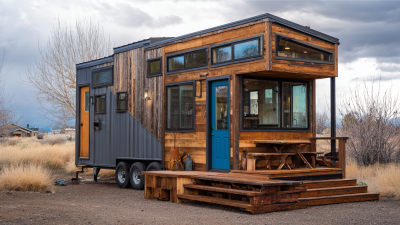
Exploring the Tiny House Movement: How 70% of Millennials Are Embracing Minimalist Living
-
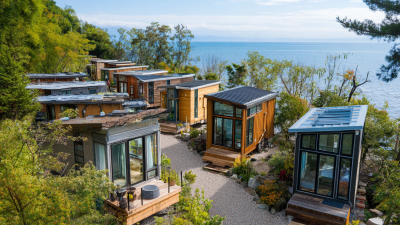
Exploring the Rise of Micro Homes in Sustainable Living Trends
-

Discover the Freedom of Living Light with Portable Tiny Homes
-
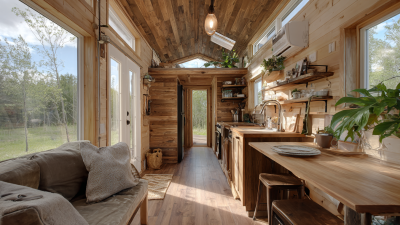
Discover the Hidden Benefits of Living in Tiny Homes for Sustainable Lifestyles
-
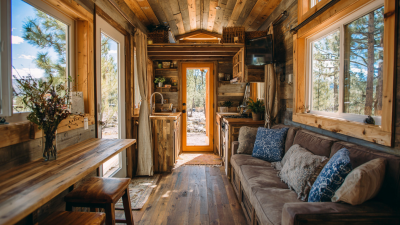
Exploring the Tiny House Movement: How Minimalism is Shaping Sustainable Living Today
